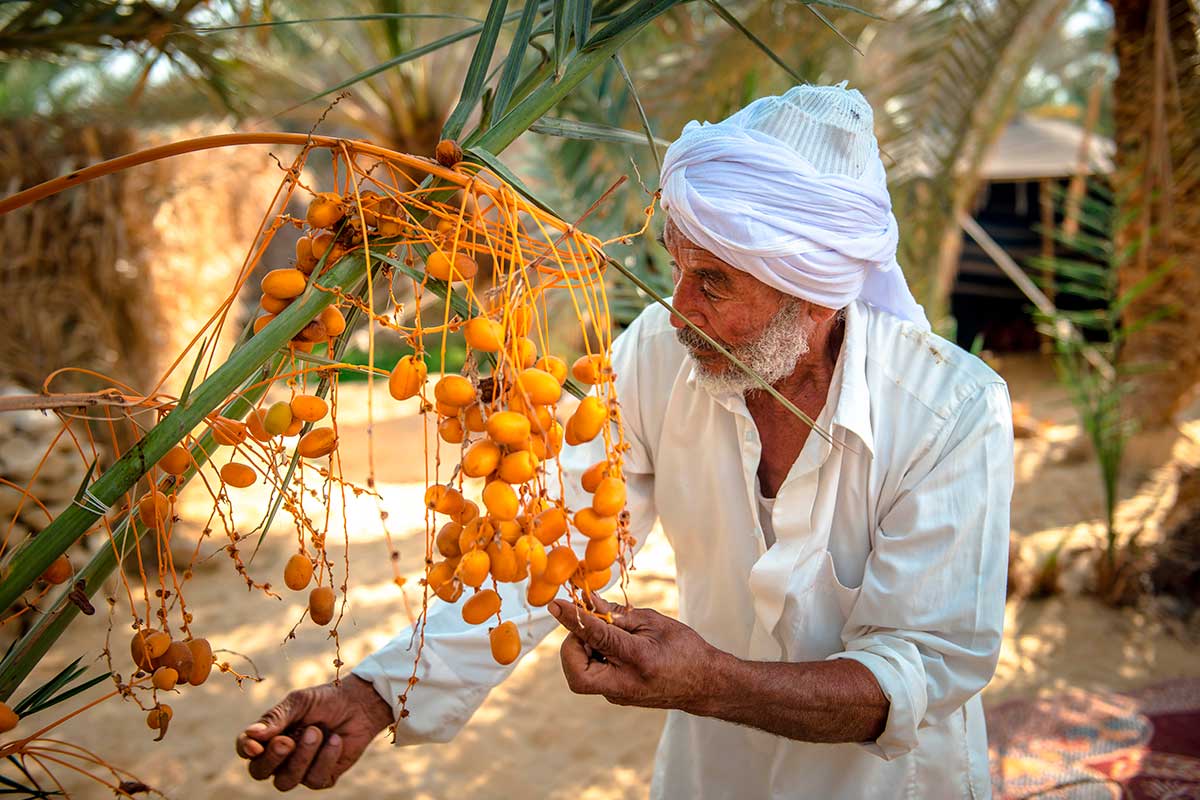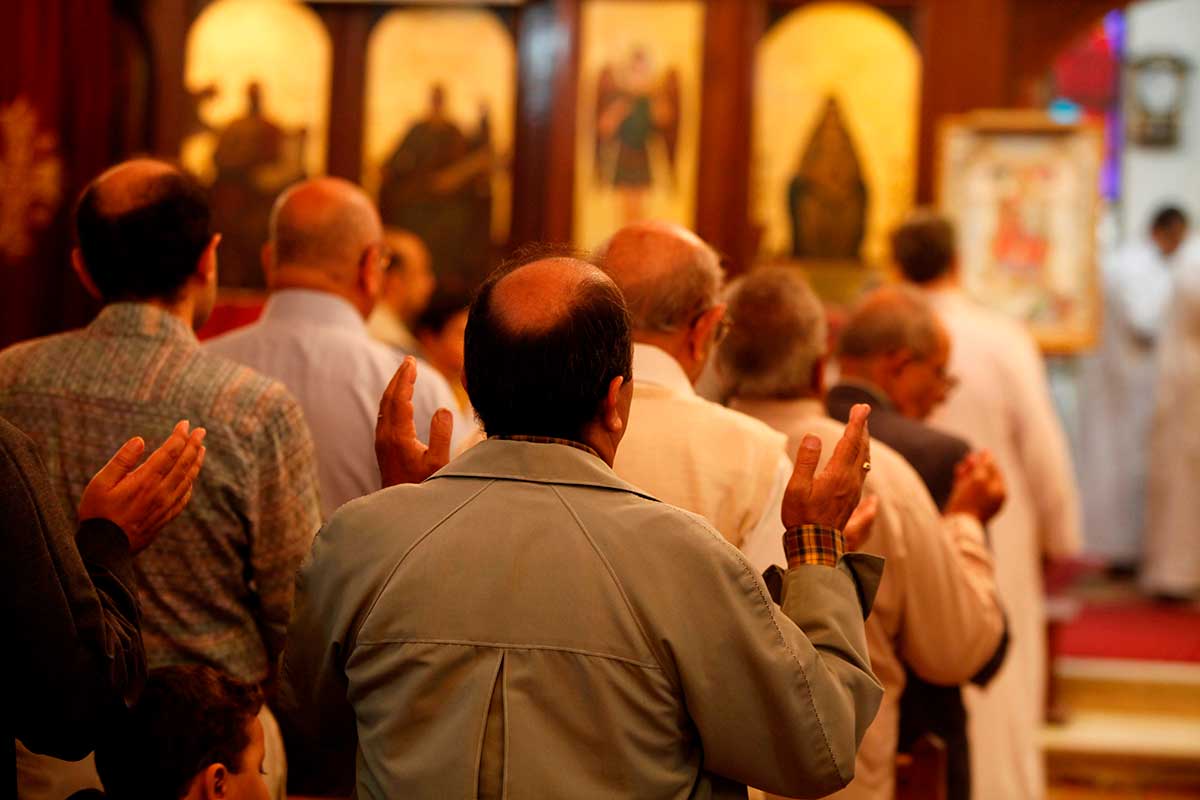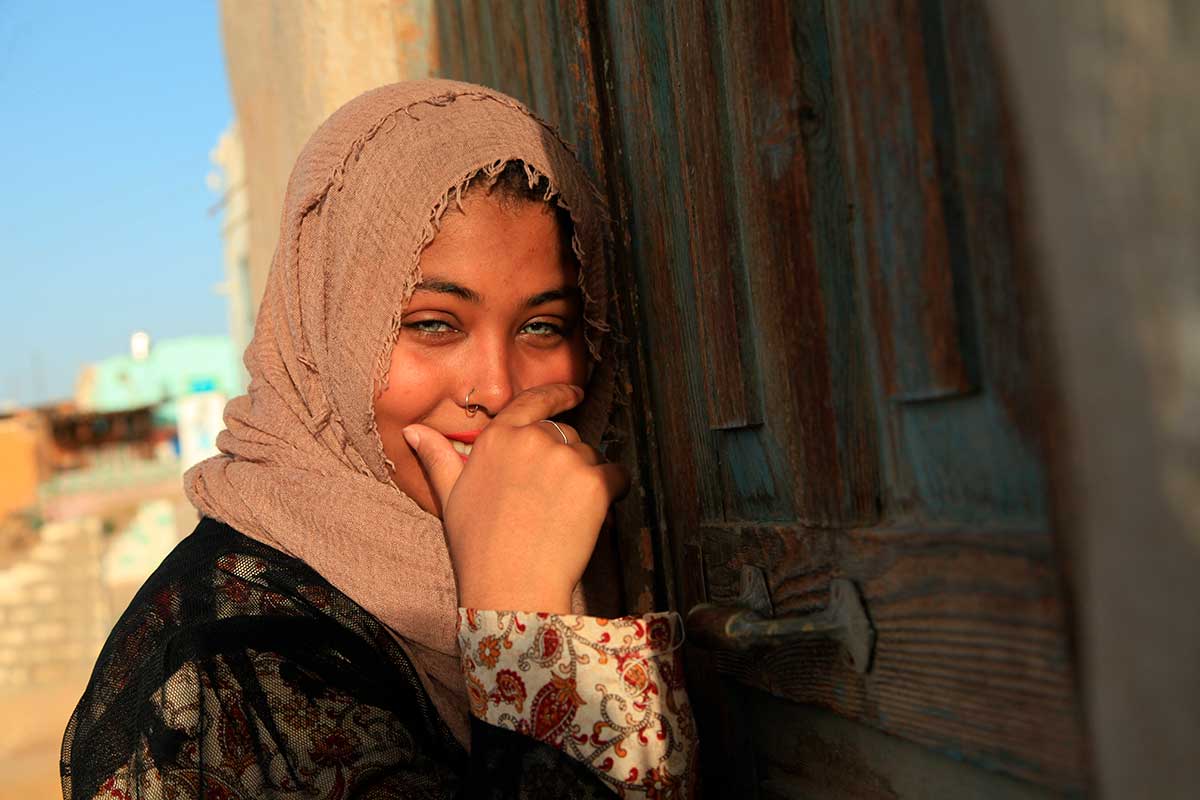Understanding the general information about Egypt is essential to connect with the country that will host you during one of the most exciting trips of your life. This page provides a summary of the main factors related to population, culture, and politics, although more detailed topics are covered in other sections and destination guides to ensure that you don’t miss any important details.”
Egypt is the most populous Arab country, with a population of approximately 100 million people. The country has experienced exponential growth since the last decades of the 20th century, with an annual increase of over one million inhabitants due to a fertility rate of more than 3 children per woman. This growth has also resulted in a progressive increase in life expectancy, which has been over 70 years for some time.
Egypt ranks 116th on the Human Development Index, which measures the quality of life based on access to education and healthcare. With a score of 0.7 out of 1, Egypt is in the group of countries at a “high level,” above neighboring countries such as Morocco (0.676) and with a faster annual improvement than other neighbors with higher scores, such as Tunisia (0.739) or Algeria (0.759).
However, one of the most striking demographic facts about Egypt is the huge difference in population density between different areas. Almost 98% of the population lives in just 3% of the country’s surface area, primarily in the Nile Delta and riverbanks. These regions have a population density of 1,000 inhabitants/km², with peaks of up to 50,000 inhabitants/km² in some large cities. Meanwhile, the vast expanse of desert remains a sparsely populated terrain with only small villages near some oases.

Egypt has a rich ethnic diversity, with the majority of the population (over 95%) being local Egyptians resulting from the assimilation of ancient Egyptians and the Arab population who arrived 7th century onwards. The Copts, who are Christians but use Egyptian Arabic as their language, are also part of this group.
Egyptian culture is closely tied to the official religion, Sunni Islam. This is reflected in the use of Egyptian Arabic as the official language, which is a simplified version of classical Arabic with elements borrowed from other regional languages in the surrounding area, such as Coptic and Turkish. Egypt’s central role in the Arab world has also given it a significant influence on Arab culture.
Islam plays a major role in daily life, with adherence to religious norms such as strict observance of Ramadan and daily prayers. The majority of the population (between 85% and 90%) are Muslims, with the majority of them being Sunni. Shia Muslims represent a small minority.
Arab culture is also evident in customs and traditions such as belly dancing, which has its roots in Egypt. The urban landscape is marked by architectural landmarks such as madrasas (schools) and mosques, with minarets that are often spectacular and prominent.

Coptic Christians are a significant minority in Egypt, representing around 10% of the population. Their religion is Christianity, and their liturgical language, ancient Coptic, combines elements of ancient Greek and Demotic (a language from the last stages of Ancient Egypt).
Although coexistence between both religions and cultures has not always been easy, the truth is that this ethnic group has a considerable presence in Alexandria and in neighborhoods of other cities, such as Cairo. They also actively participate in the care of places considered holy for Christianity in Jerusalem.
Egypt is home to a diverse range of ethnic minorities, which account for a significant portion of the country’s population. Alongside the majority Egyptian Arabs and Copts, there are over 30 other ethnic groups living in Egypt, according to some sources. Although the Egyptian government disputes this number, it is clear that a range of minority groups are present in the country. One of the largest minority groups in Egypt is the Bedouins, who number over a million people and live in the Arabian Desert and the Sinai Peninsula (more than one million people). They speak Bedawi or Bedouin Arabic, a distinct dialect of the language.
The gypsies, who also number over a million people, have been settled in Egypt since the fifteenth century and have a complex history that is intertwined with Ancient Egypt. In Spanish, their name may derive from a corruption of an ancient Egyptian term that reflects their links to the country.
Another significant population group in Egypt is the Nubians, who live between Egypt and Sudan and are settled between the first and sixth cataract of the Nile. Although they have been dispersed across the country, particularly following the construction of the Aswan Dam and the emergence of Lake Nasser, which led them to locations such as Elephantine Island, Luxor, or Cairo. They still have a strong cultural identity and language, Nobiin, which they use alongside Arabic.
The Beja are a nomadic people who live in mountainous areas facing the Red Sea and the northeast of Sudan. The Berbers, who live in the Siwa Oasis near the border with Libya, speak their own language, Siwi.
Finally, Egypt is also home to a large refugee population, including around 70,000 Palestinians, mainly on the border with the Gaza Strip, around 150,000 Iraqis, and around 23,000 Sudanese refugees.

Egypt’s rich history has left a lasting impact on its modern culture. Ancient Egypt, in particular, continues to fascinate people from all over the world. Even though the culture can be considered extinct, Egyptians take great pride in preserving and presenting their heritage. The mysterious hieroglyphic writing and polytheistic religion are some of the most notable features.
The Greek legacy is another cultural influence that is apparent in Egypt. The city of Alexandria, founded by Alexander the Great, had one of the largest and richest libraries in the world. In honor of this history, the Bibliotheca Alexandrina was built in 1996. The Ottoman Empire’s rule in the sixteenth century also left its mark on Egypt. Although it left less of a lasting impact than other influences, some Ottoman-era constructions can still be seen today.
Egypt’s political system has historically been heavily centralized in one person, often deified like the pharaohs of Ancient Egypt. However, today, unlik other countries in its environment, modern Egypt has adopted a republican form of government, specifically an Arab Republic, thanks to the charismatic leader Gamal Abdel Nasser and the Egyptian Revolution.
The current Constitution, based on the 1971 version, was approved in 2014. According to the Egyptian Magna Carta, the President is the Head of State and is elected through democratic elections. The President can only be re-elected once after a subsequent reform. The country has a single parliamentary chamber and a Government formed by a Council of Ministers led by the Prime Minister. While the official religion is Islam, the Constitution recognizes freedom of belief and gender equality.
The two main political and patriotic symbols of Egypt are its flag and its coat of arms, which appears precisely in the center of the former. The flag consists of three horizontal stripes of the same thickness, with colors that were adopted in the 1950s, after the Egyptian Revolution. They are as follows, from top to bottom:
In the center of this flag appears the eagle of Saladin, a patriotic symbol that recalls the period of affirmation and consolidation of the country under this medieval military leader. This eagle was represented in the Citadel of Cairo, in relief form. At its feet, the denomination in Arabic of the Republic of Egypt and on its chest, a shield with the colors of the national flag.
Fill out the form below to receive a free, no-obligation, tailor-made quote from an agency specialized in Egypt.
Travel agency and DMC specializing in private and tailor-made trips to Egypt.
Mandala Tours, S.L, NIF: B51037471
License: C.I.AN-187782-3